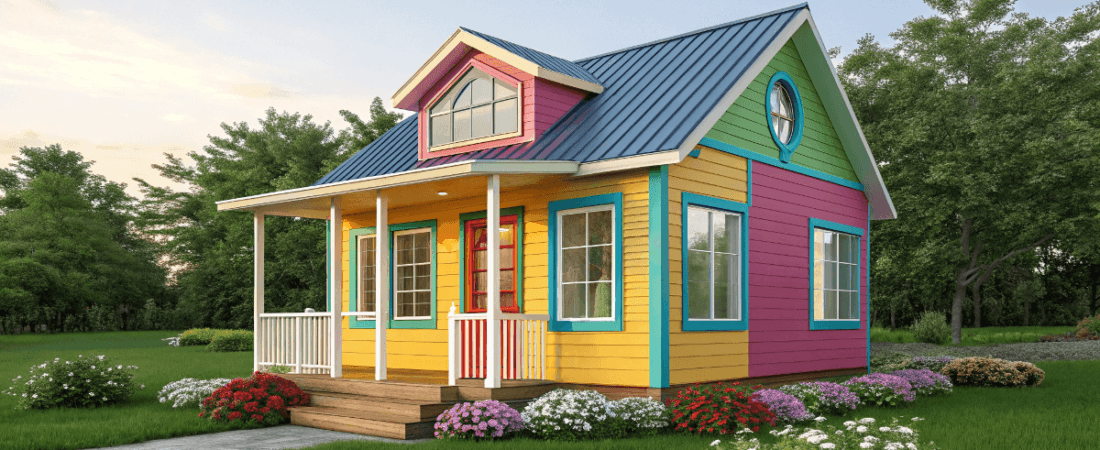A tiny house is a compact dwelling designed to maximize efficiency and simplicity, typically ranging from 100 to 500 square feet. These homes can be built on wheels or fixed foundations and often emphasize sustainable living and minimalism. But what is a tiny house? It offers an alternative way of living, focusing on reducing space and possessions while still providing all the necessary amenities of a traditional home. This article will cover key factors, benefits, and challenges of tiny house living.
Key Takeaways
Tiny houses are small dwellings, generally ranging from 100 to 400 square feet, created for efficiency and minimalism.
The tiny house movement, which began in the late 1990s, emphasizes sustainability, reduced consumption, and a lifestyle shift towards intentional living.
Despite their benefits, tiny house living presents challenges such as zoning regulations, financing difficulties, and space constraints that potential owners must navigate.
Defining a Tiny House
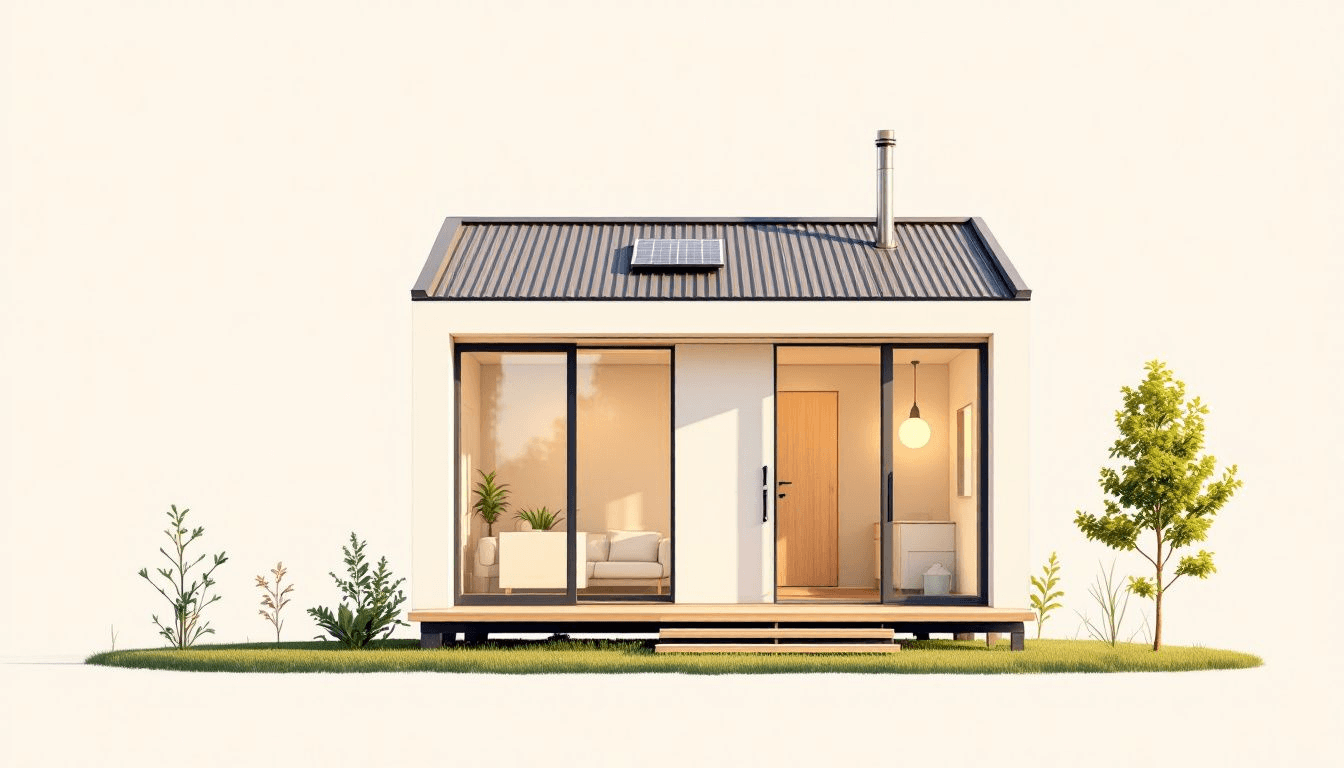
A tiny house is a smaller alternative to the sprawling homes that dominate the American landscape. Typically ranging from 100 to 500 square feet, tiny houses prioritize efficiency and simplicity. According to international building codes, a tiny house is defined as having a maximum area of 400 square feet, although some definitions allow for homes up to 600 square feet. These compact dwellings, including a small house, can be built on wheels or fixed foundations, which affects their legal status and classification.
Opting for a tiny house often reflects a desire for minimalism, simplifying life by reducing unnecessary possessions. These homes can be mobile or on fixed foundations, catering to diverse needs and preferences.
This mobile tiny house concept has attracted many tiny home owners who seek affordable housing, sustainable living, or a simpler tiny life, including those interested in tiny house nation accessory dwelling units.
The Origins of the Tiny House Movement
The tiny house movement began in the late 1990s as a response to the consumer-driven culture and the need to downsize living spaces. As economic challenges like the 2008 housing market crash unfolded, many sought affordable housing solutions, leading them to embrace tiny homes. Pioneers such as Jay Shafer and Dee Williams have played pivotal roles in promoting the simplicity and beauty of tiny living, inspiring many to reconsider their housing needs.
Social media has played a key role in popularizing tiny houses, highlighting their aesthetic and practical benefits. The movement advocates for smaller living spaces, promoting simplicity, reduced consumption, and minimalism. Consequently, tiny houses symbolize a broader shift towards sustainability and intentional living.
Key Features of Tiny Houses
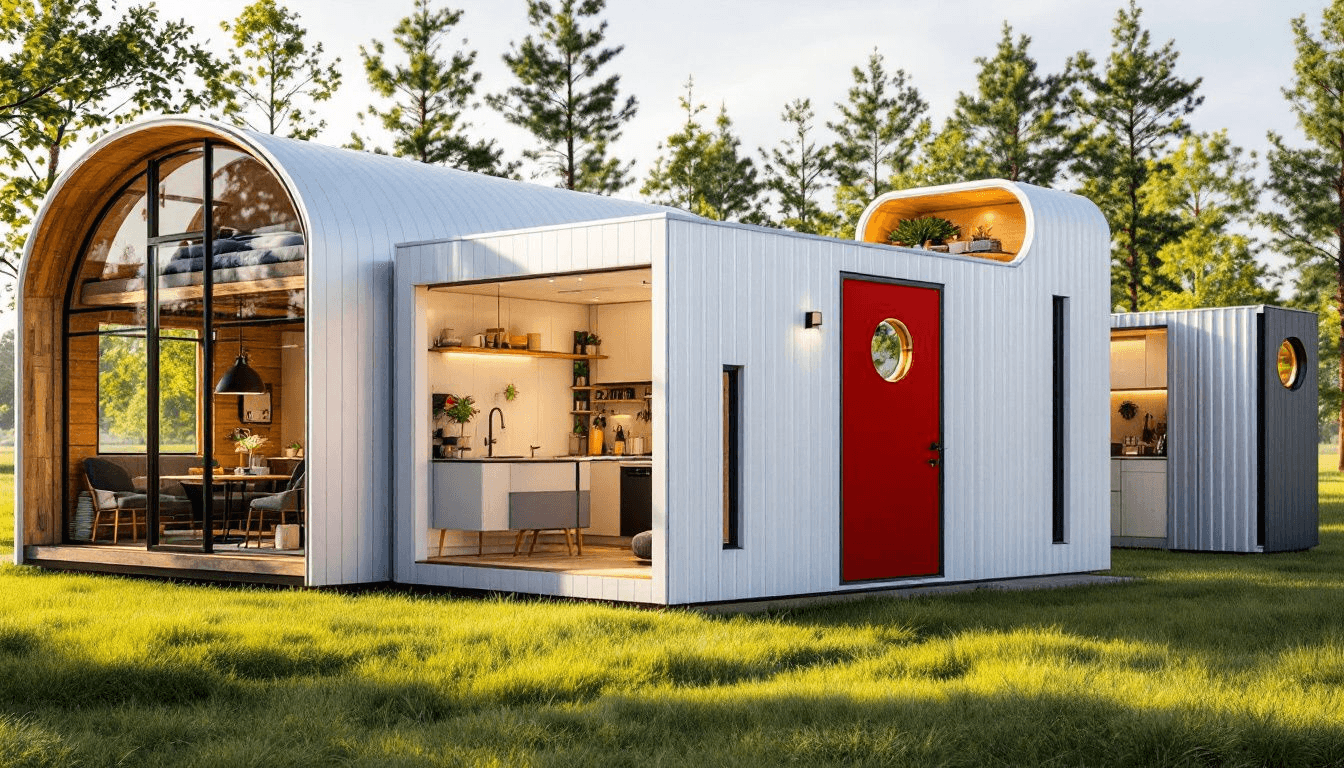
Before: Tiny houses are marvels of design, incorporating key features like space utilization and sustainable living. These compact dwellings often utilize both vertical and horizontal space efficiently, making every square foot count. Multi-functional furniture is crucial for optimizing limited space in tiny houses.
After: Tiny houses are marvels of design, incorporating key features such as:
Space utilization
Sustainable living
Efficient use of both vertical and horizontal space
Multi-functional furniture for optimizing limited space
Additionally, tiny homes often emphasize sustainability, integrating features like solar panels and water filtration systems. Let’s delve deeper into how these features shape tiny house living.
Space Utilization
Effective space utilization defines tiny house design. Here are some key elements:
Custom storage solutions keep the living area organized.
Open storage minimizes the need for closed cabinets, enhancing spaciousness.
Innovative layouts ensure every small area is used efficiently, creating a comfortable living environment.
Multi-purpose furniture maximizes limited square footage. Convertible items like sofa beds or fold-out tables adapt the living space to different needs. These innovations collectively support a practical and efficient lifestyle, proving that less can be more.
Sustainable Living
Sustainable living is a core principle of the tiny house movement. Many tiny homes are designed with features like solar panels and water filtration systems, enabling them to operate independently of local utilities. This self-sufficiency not only reduces energy consumption but also promotes an eco-friendly lifestyle.
Environmental awareness drives the design of tiny houses, as they tend to consume fewer resources and generate less waste. Using renewable resources like solar power, tiny homes reduce their carbon footprint and promote sustainable living.
In essence, tiny house living embodies a commitment to reducing one’s environmental impact and promoting a greener way of life.
Benefits of Tiny House Living
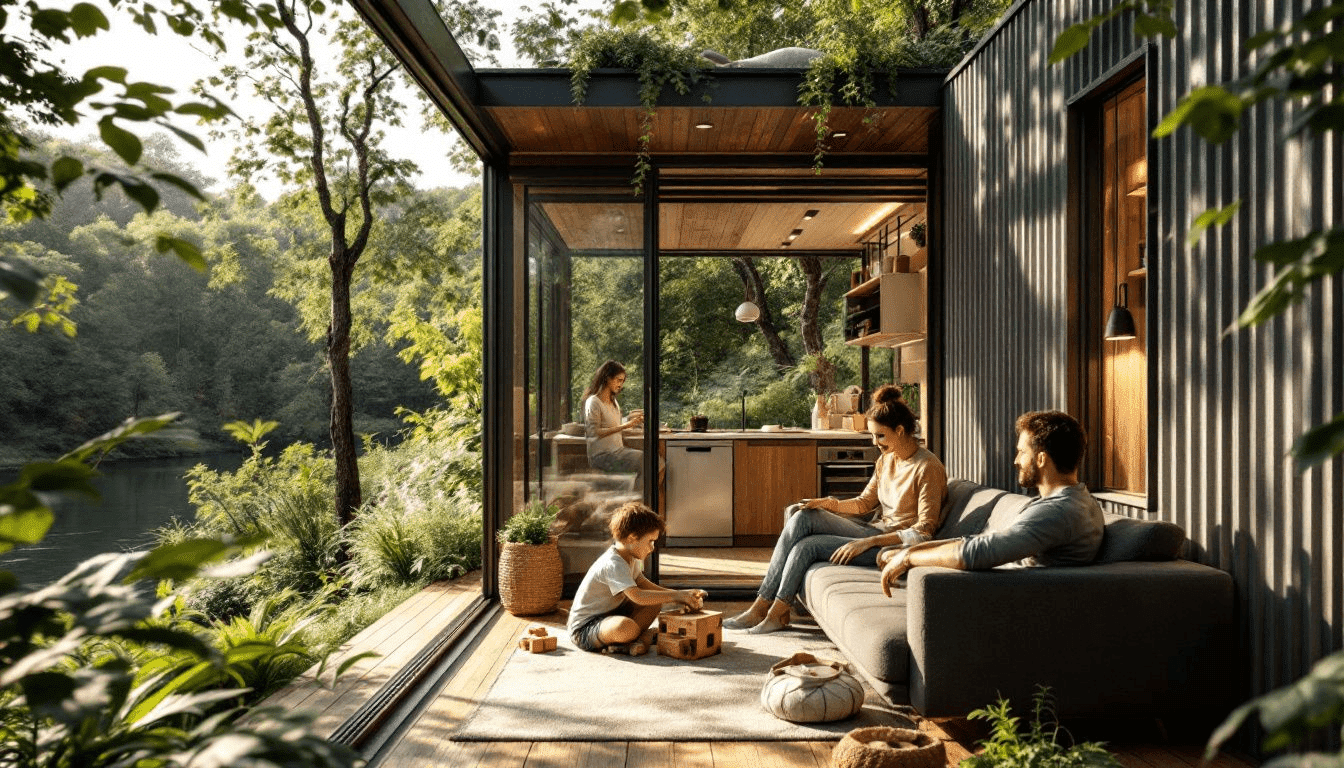
The benefits of tiny house living are vast and varied, encompassing financial savings, environmental impact, and a minimalist lifestyle. Tiny house living can lead to significant cost savings, reduced energy consumption, and a simpler, more organized life.
Exploring these benefits helps understand why many are drawn to the tiny house movement.
Financial Benefits
One of the most compelling reasons to consider tiny house living is the financial benefits. Tiny houses are typically less expensive than traditional full-size houses, making them accessible for budget-minded individuals. Lower initial costs and minimal property taxes make it easier for individuals to afford tiny houses, providing a viable alternative to the high costs of larger homes.
Tiny houses consume less energy, significantly reducing utility bills. Many homeowners enjoy financial freedom by living mortgage-free, thanks to specialized loans. These financial benefits make tiny houses attractive for those looking to save money and reduce living expenses.
Environmental Impact
Tiny houses significantly reduce one’s carbon footprint due to their small size and lower energy requirements. By consuming less energy, tiny homes contribute to a smaller carbon footprint and promote a more environmentally friendly lifestyle. Many tiny houses incorporate environmentally friendly materials and designs, further reducing their ecological impact.
Renewable energy technologies like solar panels are often integrated into tiny houses to promote sustainability. Composting toilets and energy-efficient appliances are also common, contributing to water conservation and eco-friendliness.
Adopting these sustainable practices helps tiny house owners minimize their environmental impact while enjoying a simpler, greener lifestyle.
Minimalist Lifestyle
Living in a tiny house naturally encourages a minimalist lifestyle. The limited space requires tiny house owners to cut back on impulse purchases and focus on essential items. This reduction in clutter can lead to a more organized and stress-free living environment. Living minimally in a tiny house encourages prioritizing experiences over material possessions.
Minimalism’s benefits go beyond decluttering. It can reduce stress, increase productivity, and provide a sense of liberation from constantly seeking more. Tiny house living, emphasizing simplicity and intentionality, fits those seeking a more meaningful life.
Challenges of Tiny House Living
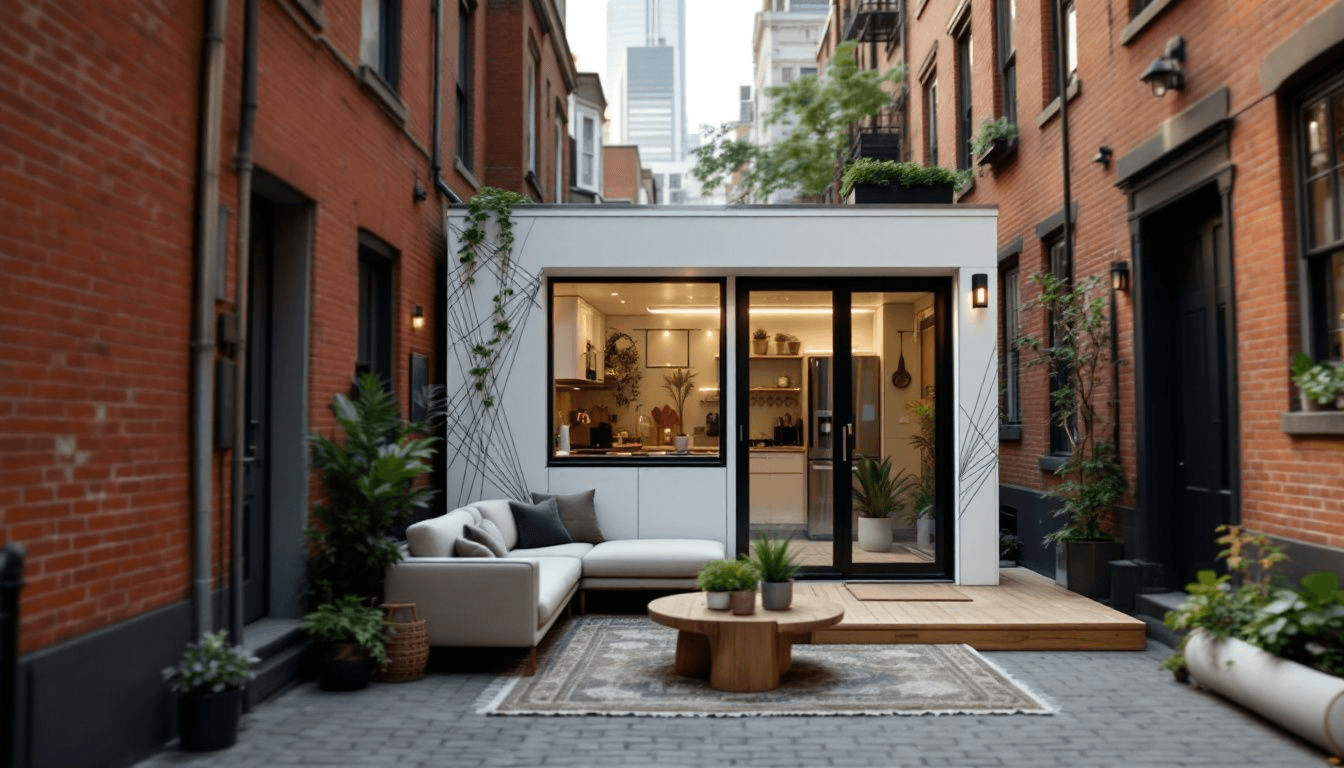
Despite the numerous benefits, tiny house living comes with its own set of challenges. Issues such as zoning laws, financing difficulties, and limited living space can pose significant hurdles for potential tiny house owners. Recognizing these challenges is important for anyone considering a transition to tiny house living.
Examining the specific challenges and how they can be navigated is essential.
Zoning and Building Codes
Zoning laws and building codes can significantly impact where tiny houses can be placed and how they are constructed. These regulations vary widely by region, and some municipalities do not permit full-time living in temporary housing. Additionally, certain regions may impose restrictions on the minimum size of dwelling units, complicating the building process for tiny houses.
Tiny homes must adhere to safety regulations to ensure compliance with local building codes. Meeting these legal requirements can be challenging, but understanding and complying with them is necessary to avoid legal issues and ensure the tiny house’s safety and longevity.
Financing Options
Securing funding for tiny houses can be a complex process. Traditional mortgage routes may not be available due to the size and classification of tiny homes. However, there are alternative financing options such as builder financing, personal loans, RV loans, and online lenders. Each option has its own set of criteria and conditions, making it important for potential tiny house owners to explore and choose the best fit for their financial situation.
Financing a tiny house requires careful planning and consideration of costs, including land rent, building materials, and utilities. Recognizing these financial aspects helps tiny house owners manage their budget effectively and avoid unforeseen financial burdens.
Space Constraints
Living in a tiny house presents unique challenges due to limited space. Careful planning and organization are crucial for maximizing the functionality and comfort in tiny living environments. The limited square footage can make daily activities more challenging, requiring innovative solutions to maintain comfort and usability.
Effective space management involves using every inch efficiently, from custom storage solutions to multi-purpose furniture. These strategies help mitigate the constraints of small living, creating a functional and enjoyable living area despite limited space.
Tiny House Communities
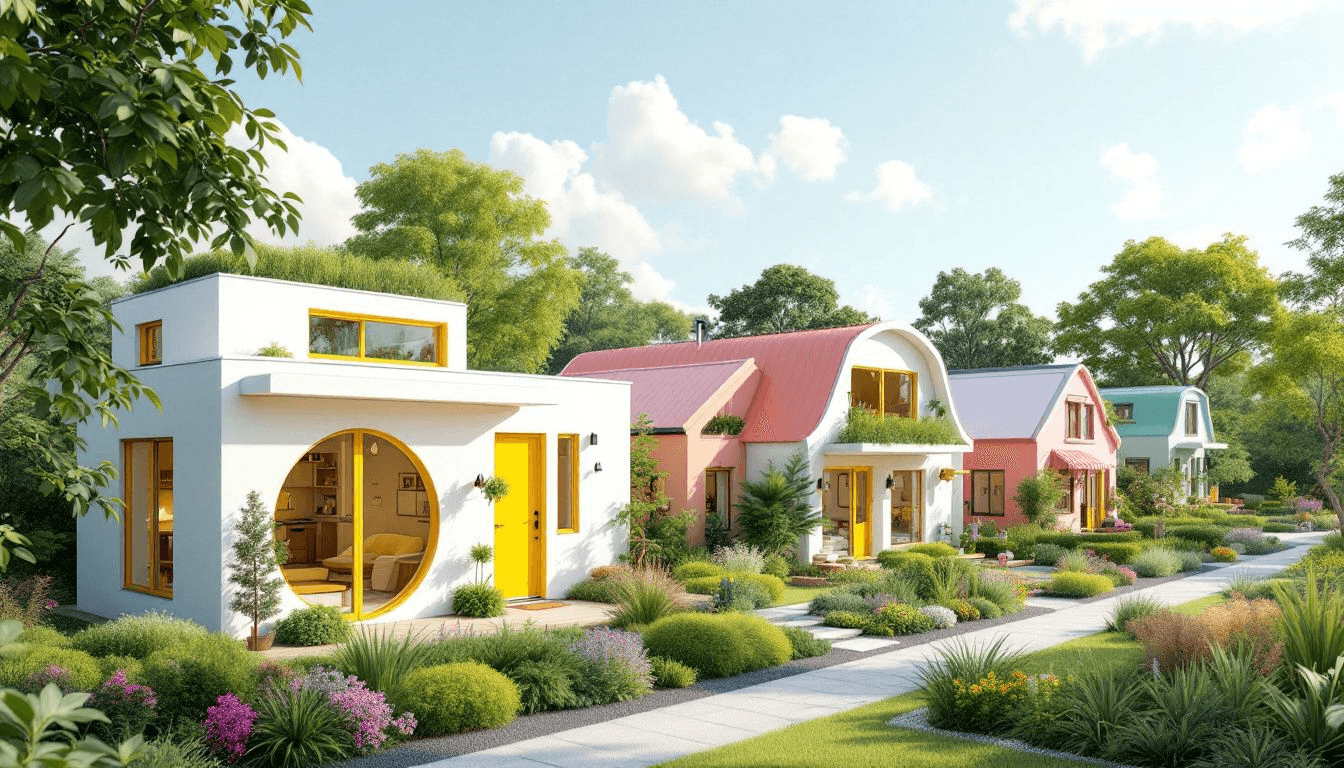
Tiny house communities offer a unique living arrangement that fosters connections and support among residents. These communities create a close-knit environment where residents can share tools, skills, and resources, enhancing social interactions and relationships. The supportive network within tiny house communities helps reduce feelings of isolation and provides emotional support among residents.
Shared amenities like gardens and recreational areas promote community engagement and collaboration. Tiny house communities also encourage shared sustainability practices, such as recycling and energy efficiency, supporting an eco-friendly lifestyle.
These communities embody the collaborative and sustainable spirit of the tiny house community and the tiny house movement.
Tiny Houses for Special Purposes
Tiny houses are versatile and can serve various special purposes, from disaster relief to housing for the homeless. During crises, tiny houses provide quick and efficient shelter solutions, offering a safe and comfortable space for those affected. These compact dwellings are also used as an innovative approach to affordable housing for the homeless, providing a sustainable and dignified living option.
Additionally, luxury tiny homes cater to a niche market by offering high-end amenities and sophisticated designs while maintaining the tiny house concept. Whether for disaster relief, affordable housing, or luxury living, tiny houses demonstrate their adaptability and potential to meet diverse needs.
Is Tiny House Living Right for You?
Determining if tiny house living is right for you involves assessing your lifestyle, needs, and preferences. Singles or couples without children or pets may find tiny house living particularly suitable due to the limited space. However, tiny house living often requires a drastic lifestyle change, which can lead to feelings of liberation for some and frustration for others.
Before making the leap, consider your willingness to embrace minimalism and adapt to a smaller living space. Tiny house living offers many benefits but also comes with challenges that require careful consideration.
Reflecting on your priorities and lifestyle can help you make an informed decision about whether joining the tiny house movement is the right choice for you.
Summary
Tiny houses offer a compelling alternative to traditional housing by promoting a minimalist lifestyle, sustainability, and financial freedom. The tiny house movement has grown significantly since its inception, attracting individuals seeking a simpler, more intentional way of living. From efficient space utilization and sustainable features to the financial and environmental benefits, tiny houses present a viable solution for those looking to downsize and reduce their impact on the planet.
While tiny house living comes with its own set of challenges, such as zoning laws, financing options, and space constraints, the supportive nature of tiny house communities and the adaptability of these dwellings make them a worthwhile consideration. As you contemplate whether tiny house living is right for you, remember that this lifestyle embodies a commitment to simplicity, sustainability, and intentional living.
Frequently Asked Questions
What is the typical size of a tiny house?
Tiny houses typically range from 100 to 500 square feet, with some variations allowing up to 600 square feet. This compact size emphasizes efficiency and minimalism.
Are tiny houses legal everywhere?
Tiny houses are not legal everywhere; their legality depends on local zoning laws and building codes, which can vary significantly by region. It is essential to check the specific regulations in your area before proceeding with a tiny house.
How much does it cost to build a tiny house?
Building a tiny house typically costs between $10,000 and $50,000, depending on factors like size, materials, and location. Overall, it is a more budget-friendly option compared to traditional housing.
What are the main benefits of living in a tiny house?
The main benefits of living in a tiny house are financial savings, a reduced environmental impact, and the promotion of a minimalist lifestyle that helps decrease clutter and stress. Embracing this lifestyle can lead to a simpler and more fulfilling life.
What are the common challenges of tiny house living?
Common challenges of tiny house living include navigating zoning laws, securing financing, and effectively managing limited living space. Addressing these issues is essential for a successful tiny house experience.


